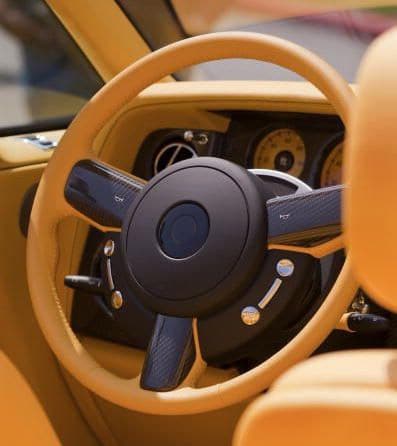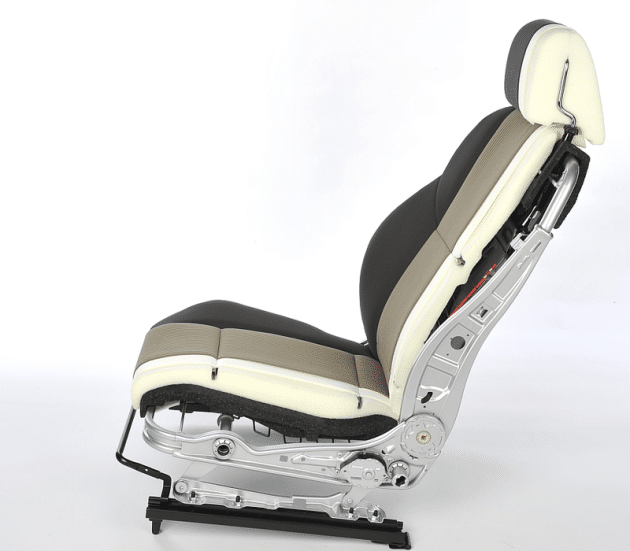Automotive Applications With Vibration Motors
Vibration motors are widely used in the automotive sector.
With so much information to be processed while driving it is often considered that human auditory and visual sensors are saturated. To combat this, car manufacturers use vibrations to communicate important safety information to the driver via their third sense: touch.
The most obvious application is using vibration motors for haptic feedback and vibration alerting functions.
Vibrating motors are not just used for safety, but also to enhance the driver’s experience. As the car market has a large premium level segment, increasing the comfort of passengers is an important consideration. As a result, chair massaging features are also popular and now exist in many new cars.
Console And Dashboard Haptic Feedback
One of the big changes in automotive dashboard design over the last decade has been the introduction of the LCD display. Thanks to the demand for built-in GPS and increased control over sophisticated features, displays can be found in the centre of nearly all car dashboards.
More recently these displays have become touch-screen and as with most touch-screen interfaces, haptic feedback has been introduced to provide the operator with tactile information about button-presses. A cutting-edge trend in this area is the introduction of capacitive touch technology in dashboards which reduces the number of mechanical switches that need to be embedded into the dashboard moulding and offers designers far greater freedom over form and design.
The sense of tactile feedback is produced by vibration motors, such as the eccentric rotating mass (ERM) vibrating motors and linear resonant actuators(LRAs)

Get in touch
Speak to a member of our team.
Motor catalogue
Looking for our products?
Reliable, cost-effective miniature mechanisms and motors that meet your application demands.
Vibration Alerts For Safety And Warnings
With more sensors than ever before, cars are becoming more and more sophisticated at understanding their environment and reacting accordingly. Whilst some new features are automatic, such as seat belt tightening when a crash is imminent, many of the sensors are included to provide the driver with information. For example, parking sensors use an audio alert to indicate how close an object is to the back of the car when reversing.
Instead of distracting lights or confusable alerting noises, information can easily be discreetly transmitted to the driver through vibration alerting. The two areas most commonly used are the steering wheel and the seat.
Steering wheels can produce vibrations to notify the driver when a lane change is detected without indication. Alternatively, the seats can vibrate to alert the driver if they change lanes too slowly, or to any other signs of driver fatigue. Using vibrating motors to provide directional haptic feedback may see increasing levels of adoption as cars are equipped with ever more intelligent sensors.
An increasing number of commercial truck and van manufacturers are implementing similar technologies as these safety features become standard.

Increasing Driver Comfort
Vibrations can also be used in car seats to massage and relax passengers. In a bid to differentiate themselves from their competitors, many automotive manufacturers, particularly in the luxury sector, are adding even more features as standard.
A typical massage enabled car seat like the one pictured will use two pairs of large vibrating motors, such as the motors from our Uni Vibe ranges. Two are typically placed at the base of the back and another two in the shoulder region.
More expensive seats use complicated mechanical cams and other mechanisms to create kneading motions, whilst cheaper ones can use just vibration.

Discover more
Resources and guides
Discover our product application notes, design guides, news and case studies.
Case studies
Explore our collection of case studies, examples of our products in a range of applications.
Precision Microdrives
Whether you need a motor component, or a fully validated and tested complex mechanism – we’re here to help. Find out more about our company.